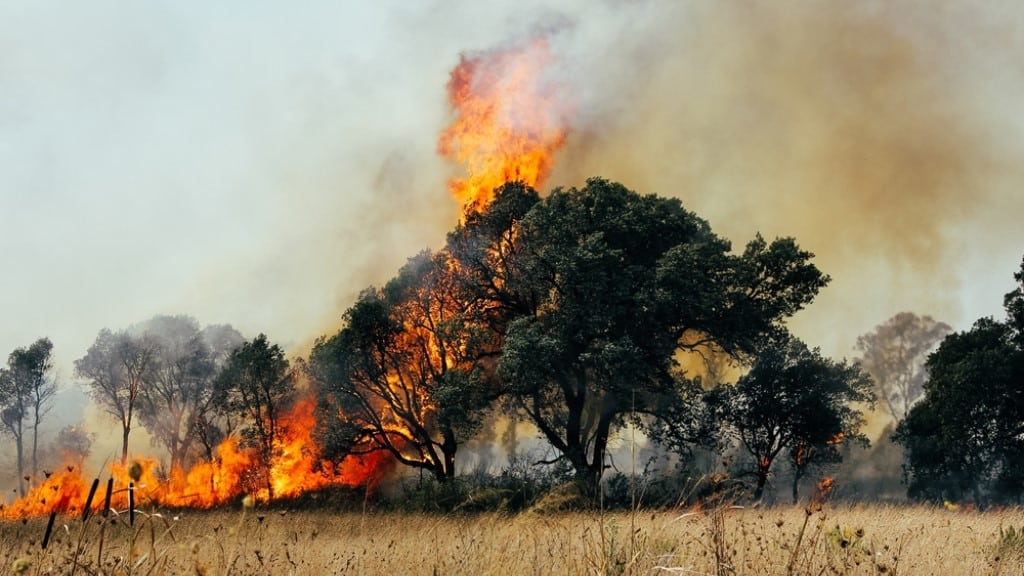NFPA urges action to mitigate wildfire risks following major US blazes
- August 29, 2023
- 12:11 pm


Iain Hoey
Share this content
After the devastating wildfires in Maui, considered among the deadliest in the history of the US, and current destructive fires in Washington, the National Fire Protection Association (NFPA) is calling on governments, local communities, and individual property owners to implement scientifically-backed measures to prepare for wildfires, lessen risks, and bolster firefighting measures locally.
Recent events emphasise the importance to mitigate wildfire risks
“The recent tragedy in Maui and the ongoing fires in Washington underscore the vital need for collective action,” said Lorraine Carli, vice president of outreach and advocacy at NFPA.
“From local homeowners to top-tier governmental bodies, embracing mitigation strategies is essential for the safety of our communities.”
Around 45 million homes sit within the wildland/urban interface (WUI). The National Interagency Fire Center states that nearly 71.8 million US properties are at potential risk from wildfires.
Each year, the WUI witnesses some of the most damaging fires.
Over the past half-decade, wildfires have led to the destruction of close to 63,000 US structures, with a significant portion being residential properties, excluding the recent Maui incidents.
The US Forest Service has found that under 10% of communities facing such risks have put community action plans into place to minimise wildfire damages.
Mitigating wildfire risks: Steps and statistics
“These concerning figures emphasise the pressing need for an all-encompassing approach to the wildfire situation.
The NFPA’s Outthink Wildfire initiative offers a policy framework along with suggestions on preparing for, mitigating, and combating wildfires,” added Carli.
Outlined below are the Five Tenets of Outthink Wildfire:
- Ensuring homes and businesses in the WUI can withstand wildfire threats: It’s essential to guide, incentivise, and set clear directives to assist property owners in lowering ignition risks. Given the vast number of properties in wildfire zones, risk reduction efforts should be proportionate to the threat’s magnitude.
- Adherence to current codes and practices for construction in wildfire areas: Governments are urged to adopt and enforce present fire and building codes, along with effective land use practices to mitigate wildfire risks.
- Adequate preparation of fire departments in the WUI: There’s a dire need to equip local fire departments with necessary training, safety gear, and tools. A majority of these departments attend to wildfires, yet they often lack ample resources for efficient and safe operations.
- Increased vegetative fuel management on public terrains: Emphasising methods like cultural burning, prescribed burning, mechanical methods, and restoration practices.
- Public involvement in reducing wildfire hazards: Individual homeowners play a crucial role in wildfire preparedness. They can take several measures to ready their homes and families against potential wildfire threats.
For a comprehensive understanding of the initiative, visit NFPA’s dedicated resource on wildfire preparedness.
IFSJ Comment
The escalating number of wildfires and their resultant destruction in the US underlines the pressing need for comprehensive and science-backed mitigation strategies.
The recent events in Maui and Washington are stark reminders of the vulnerabilities communities face, especially those in the wildland/urban interface.
As the NFPA points out, the onus isn’t just on governmental bodies, but equally on local communities and individual homeowners.
Adopting well-researched and robust mitigation strategies is not just about property protection, but also about safeguarding lives.
The statistics reveal a concerning trend, and collective action has become not just necessary but imperative.

